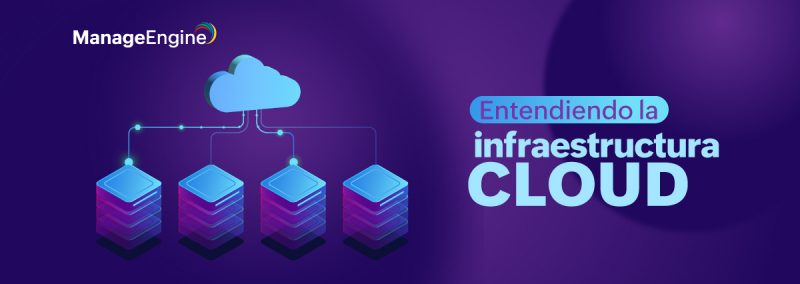This week’s five is a weekly column on five recent reads from all over the web. This week, we’ll talk about bimodal IT.
Christopher Reeve, Brandon Routh, and Henry Cavill are all big names and share one thing in common. What connects them is the fictional superhuman bimodal character they have all embodied. And who doesn’t love that character? He’s Superman. He can do it all.
In one mode, he falls well within most conventional norms and fits perfectly into a world of indifference and acceptance. In his other mode, though, he’s a symbol of change. He’s something the world has never seen before, and something the world agrees with. His kind of change is good. His kind of change brings hope.
Now let’s bring IT into this picture. What can IT folks learn from him? And how can they harness that hope? It’s simple—go bimodal. Stability is a must and change is unavoidable. But that doesn’t mean that both can’t coexist. In fact, Gartner predicts that by 2017, 75 percent of IT organizations will have a bimodal approach. In this approach, mode one is about legacy and predictability, leading to stability and accuracy. Mode two is about innovation and exploration, which lead to agility and speed.
[To learn more about a stable and agile bimodal approach, click here.]
Both modes are equally important, especially for organizations that have already invested a lot in their conventional IT. But being equally important doesn’t make them similar. Just like Kal El and Clark Kent, both exhibit different traits and require different strategies.
[To learn how strategies differ for both modes, click here.]
Bimodal IT isn’t a new topic for IT pros, but misconceptions still run wild. For example, right now, IT folks think that mode one is on-premises and mode two is the cloud, which is not completely true. Modes are bigger than that. I mean, the cloud does belong to mode two, for now. It’s a wonderful technology with endless exploration. And there couldn’t be a better time to switch than now. But at the rate organizations are currently switching, it might soon become a mode one convention.
[To learn why it would be good to switch to the cloud now, click here.]
Some may say that mode one is old and rusty and all IT is moving to the cloud. But yet again, this isn’t quite true. Mode one applications are the bloodlines for most organizations and evolving in sync with those of mode two. Also, with common change resistance and security concerns, businesses are not ready to get rid of their mode one (currently on-premises) applications. Instead, professionals have come up with tools that work in both on-premises and cloud environments.
[To learn more about bimodal IT myths, click here.]
Until now, we’ve been talking about technologies and applications. But implementing bimodal IT is more than that. It’s also about people. In order to introduce bimodal IT, CIOs need to build trust among professional stakeholders, repurpose their teams with new skills and directives, and create an environment for their new technologies. If they really want their businesses to move forward, they need to be the driving force.
[To learn how CIOs can help transform their organizations from factory format to portfolios of experiments, click here.]
There are solutions in the world that support bimodal IT (including combined on-premises and cloud environments) and give your team the powers of both Clark Kent and Kal El, united as Superman to effortlessly manage your IT. Embrace them!
Check out the last week’s five here.
